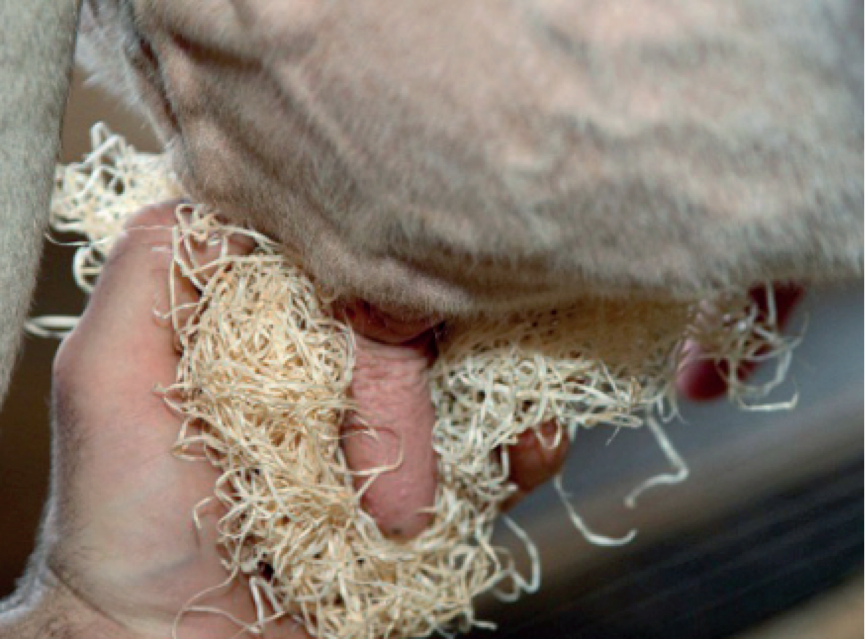News / Pre Milking
Is rapid milk letdown more important in the battle to reduce sub clinical mastitis than a sterile teat at milking?
That is a question that Pruex Ltd has been examining over the last four years. The company aims to lead the fight against anti microbial resistance (AMR), and was set up by Aled Rhys Davies as a result of conducting a Nuffield Farming Scholarship looking at antibiotic use in agriculture and aquaculture. Pruex advocates Prudent as opposed to Excessive antibiotic use.
“In assessing the limited available data around this issue, we realised that there were other questions that needed answering. For example, how much does teat end damage account for in high Somatic Cell Count (SCC), chronic and/or clinical cases of mastitis? Are the biocide chemicals applied to cows teats pre milking in an attempt to achieve sterility not only detrimental to the skin integrity of the teat, but also to the taste of the end product, either as fresh milk or as processed food? What happens in nature, and is there a way to introduce natural products into our modern milk production to limit the need for antibiotic treatment of bacterial infections? Says Aled Davies
In 2019, Pruex were commended an Antibiotic Guardian award by Public Health England for the innovative work they conduct in agriculture. “Good science is based on observations. We take our inspiration from nature. The cows’ udder won’t be sterile when the calf goes to suck, it would probably be coated in soil that won’t cause any infection danger for the calf. The cow, sensing the presence of the calf lets down its milk allowing the flow on nutrition to the calf without damaging the cows’ teat end. Clinical mastitis cases in nature are few and far between as a result.“ Says Mr. Davies
Modern milk production does differ quite substantially from the natural model. The cow doesn’t sense the presence of the calf, so has to be stimulated to let down its milk. Application and sometimes removal of biocides to teat surfaces by brush, foam, spray or cloth can help the process of stimulating milk let down whilst attempting to achieve sterility. But sub clinical, chronic and clinical infections are prevalent within the industry. The vacuum or pulsation used in the milking process can quickly damage a teat end if the cow doesn’t let down her milk resulting in as site of potential infection post milking. The National Mastitis plan indicates that 35 cases per 100 cows is a target that farmers should look to achieve. That suggests that on many farms, there are greater than 35% of cows infected annually. This data assumes that any cow with a SCC over 200 is regarded as having a sub clinical infection.
“In Switzerland and France, there is a different product used pre milking. Wood Wool, a tangled mess of thin strips of planed wood, similar in look to thin spaghetti, or the timber equivalent of wire wool. Yes, the sap in the wood has biocide properties, but the objective of using a good handful to brush the udder ahead of milking is mainly to stimulate milk let down. By brushing the udder, you remove dirt, and the sensation of the wood wool rubbing the skin of the udder must resemble that of a calf attempting to suck as the cow lets down its milk rapidly.” Says Mr. Davies
Two scientific trials, one from Switzerland and the other from France confirmed that Wood Wool cleaning of udders pre milking resulted in less udder infections as measured by SCC than biocide cleaning. “This does suggest that the speed of milk let down is an important factor in reducing udder infections on dairy farms, and is the main reason that we at Pruex supply this natural product to our customers” Says Mr.Davies
Pruex are a One Health company that look to inspire Prudent as Opposed to Excessive antibiotic use in Human and animal markets.

